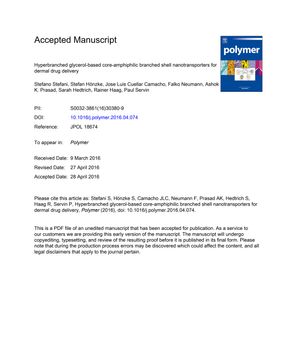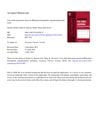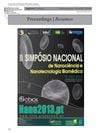Hyperbranched Glycerol-Based Core-Amphiphilic Branched Shell Nanotransporters for Dermal Drug Delivery
May 2016
in “
Polymer
”
nanocarriers glycerol-based hyperbranched core amphiphilic branched shell dermal drug delivery hyperbranched polymers hydrophobic C18 alkyl chain solubility pyrene dexamethasone finasteride critical micelle concentrations cytotoxicity human keratinocyte cells skin penetration Nile red base cream glycerol-based core branched shell skin drug delivery polymers C18 alkyl chain Propecia micelle concentrations toxicity skin cells

TLDR New nanocarriers improve skin drug delivery with low toxicity at certain concentrations.
The document from 2016 details the creation and evaluation of novel nanocarriers with a glycerol-based hyperbranched core and an amphiphilic branched shell, aimed at improving the delivery of poorly water-soluble drugs through the skin. These nanocarriers were synthesized using different hyperbranched polymers and a hydrophobic C18 alkyl chain. They demonstrated the ability to increase the solubility of hydrophobic molecules, such as pyrene, Dexamethasone, and Finasteride, with the C6-HBPE-C18ABS nanocarrier showing the highest loading capacities of 6.2 wt% for Dexamethasone and 10.3 wt% for Finasteride. The critical micelle concentrations for the nanocarriers were low, indicating good potential for drug transport. Cytotoxicity tests on human keratinocyte cells indicated no significant toxicity at 0.05 mg/mL, although some toxicity was observed at 0.5 mg/mL, especially for the C6-HBPE-C18ABS nanocarrier. Skin penetration studies showed that the nanocarriers, particularly C6-HBPE-C18ABS, significantly enhanced the transport of Nile red into deeper skin layers compared to a base cream. The study concludes that these nanocarriers have potential for efficient dermal drug delivery, but further research is needed to understand and minimize toxicity.



